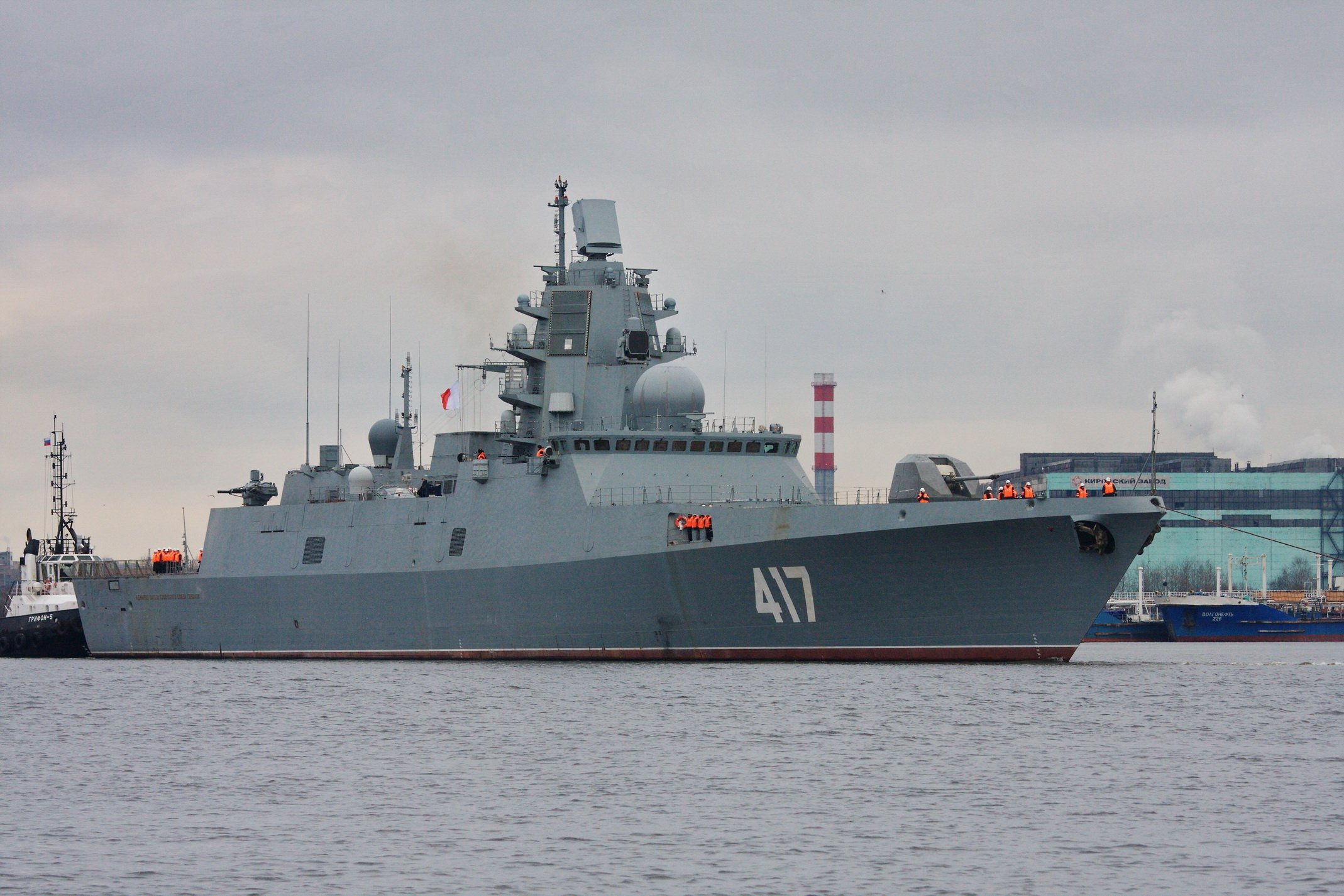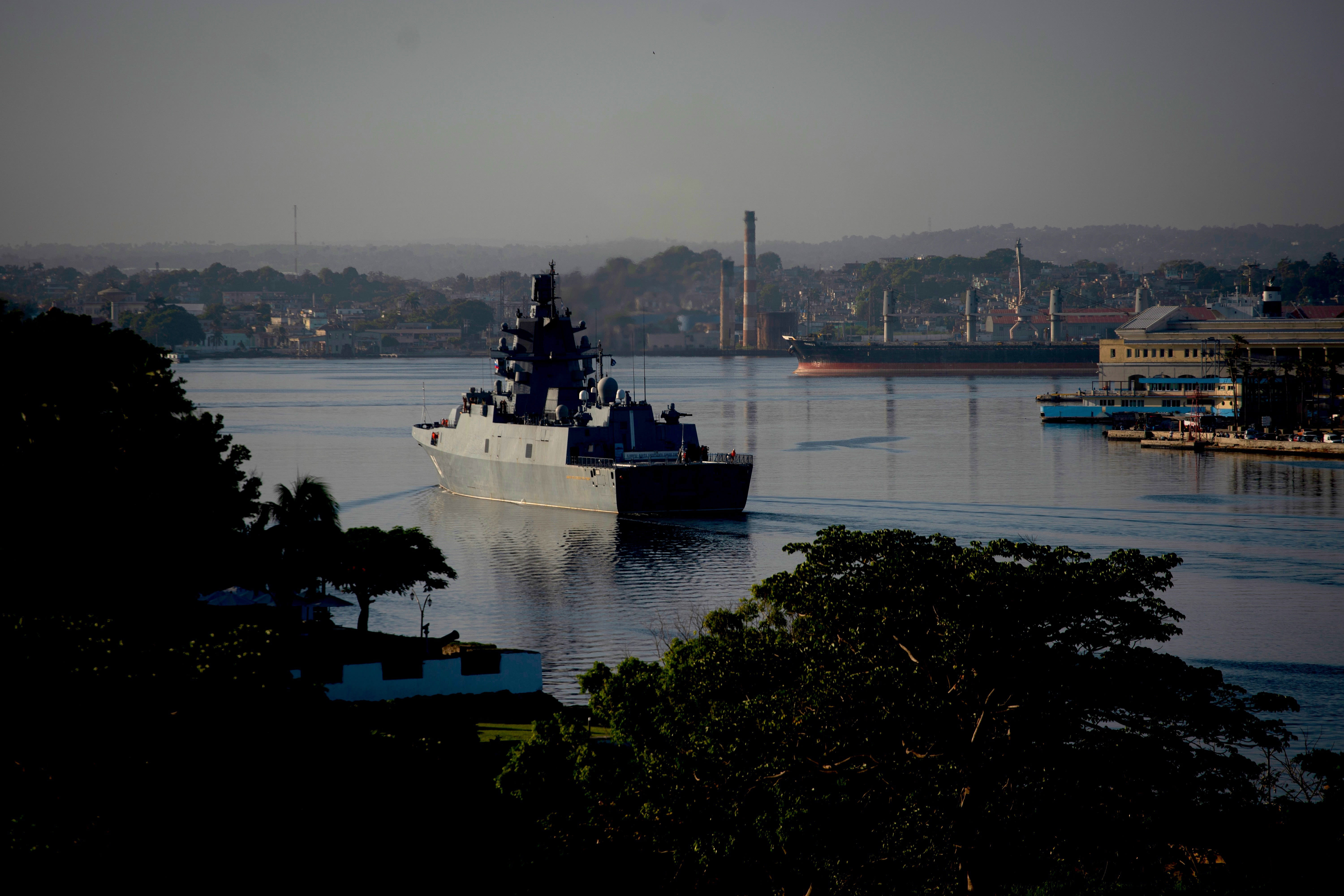Historical Presence and Significance

Russian navy cuba – The Russian Navy has had a historical presence in Cuba dating back to the Soviet era. During the Cold War, the Soviet Union established a naval base at Cienfuegos, Cuba, which served as a strategic outpost for its submarines and other warships.
The Russian Navy has a long history of operations in Cuba, dating back to the Cold War era. In recent years, the Russian Navy has deployed submarines to Cuba, including the Kilo-class submarine. These submarines are capable of carrying nuclear missiles, and their presence in Cuba has raised concerns among U.S.
officials. The Russian Navy’s presence in Cuba is a reminder of the ongoing tensions between Russia and the United States.
The objectives of the Russian Navy in Cuban waters were primarily to support Soviet military operations in the Caribbean and to provide a deterrent against potential threats from the United States. The presence of the Russian Navy also served to strengthen Cuba’s military capabilities and enhance its political standing within the region.
The Russian Navy’s presence in Cuba during the Cold War was a major concern for the United States. In 1971, a plane crash in Lake Champlain near the border between the United States and Canada raised questions about the possibility of Soviet involvement.
While the exact cause of the crash remains unknown, it has been speculated that the plane may have been carrying nuclear weapons or other sensitive equipment. The incident served as a reminder of the tensions between the two superpowers and the potential for conflict.
Impact on Cuba’s Political and Military Landscape
The Russian Navy’s presence in Cuba had a significant impact on the country’s political and military landscape. The Soviet naval base at Cienfuegos became a symbol of Cuba’s close ties to the Soviet Union and played a key role in shaping the island nation’s foreign policy and military strategy.
The presence of the Russian Navy also helped to deter potential threats from the United States and other Western powers. The Soviet Union’s military support for Cuba served as a warning to the United States not to intervene in Cuban affairs, and it helped to prevent the outbreak of a larger conflict between the two superpowers.
Recent Developments and Modernization

The Russian Navy in Cuba has undergone significant modernization efforts in recent years, reflecting Russia’s renewed interest in its global naval presence. These developments have implications for regional security and geopolitical dynamics.
Russia has upgraded its naval facilities in Cuba, including the port of Cienfuegos, which now accommodates larger and more advanced warships. The Russian Navy has also deployed new submarines and surface ships to Cuba, enhancing its surveillance and defense capabilities.
Implications for Regional Security
- The modernization of the Russian Navy in Cuba could potentially alter the balance of power in the Caribbean region.
- The increased Russian naval presence could lead to increased tensions with the United States and other regional powers.
- The Russian Navy’s presence in Cuba could also be seen as a sign of Russia’s growing influence in the Western Hemisphere.
Implications for Geopolitical Dynamics
- The Russian Navy’s modernization in Cuba could be seen as a signal to the United States that Russia is not willing to cede influence in the Caribbean region.
- The increased Russian naval presence in Cuba could also be seen as a way for Russia to counter the growing influence of China in the region.
- The Russian Navy’s presence in Cuba could also be seen as a way for Russia to project power and influence in the Western Hemisphere.
Cooperation and Partnerships: Russian Navy Cuba
The Russian Navy and Cuban military forces have a long history of cooperation and partnership. These partnerships are rooted in the shared political and military interests of the two countries and have been further strengthened in recent years.
The Russian Navy and Cuban military forces regularly conduct joint exercises, training programs, and other collaborative initiatives. These activities serve to enhance interoperability, improve communication, and build trust between the two militaries.
Joint Exercises, Russian navy cuba
The Russian Navy and Cuban military forces have conducted a number of joint exercises in recent years. These exercises have included naval maneuvers, amphibious landings, and air defense drills.
- In 2019, the Russian Navy and Cuban military forces conducted a joint exercise in the Caribbean Sea. The exercise involved more than 1,000 personnel and 10 ships from both countries.
- In 2020, the Russian Navy and Cuban military forces conducted a joint exercise in the Gulf of Mexico. The exercise involved more than 500 personnel and five ships from both countries.
Training Programs
The Russian Navy and Cuban military forces also conduct a number of training programs for each other’s personnel. These programs cover a wide range of topics, including naval warfare, amphibious operations, and air defense.
- The Russian Navy has provided training to Cuban naval personnel on the operation of Russian-made warships.
- The Cuban military forces have provided training to Russian naval personnel on the operation of Cuban-made air defense systems.
Other Collaborative Initiatives
In addition to joint exercises and training programs, the Russian Navy and Cuban military forces also cooperate on a number of other initiatives. These initiatives include:
- The exchange of military personnel between the two countries
- The development of joint military doctrine
- The sharing of intelligence and information
The cooperation and partnerships between the Russian Navy and Cuban military forces are strategically significant. These partnerships help to ensure the security of both countries and contribute to stability in the region.
The Russian Navy’s presence in Cuba during the Cold War was a major source of tension between the United States and the Soviet Union. The two superpowers were engaged in a proxy war in Colombia, where the United States supported the government and the Soviet Union supported the rebels.
The Russian Navy’s presence in Cuba was seen as a threat to the United States, and it led to the Cuban Missile Crisis in 1962. The USA vs Colombia conflict was a major turning point in the Cold War, and it helped to bring the two superpowers to the brink of nuclear war.
The Russian Navy’s presence in Cuba was a major factor in the crisis, and it helped to create a dangerous situation that could have easily escalated into a global conflict.
The Russian Navy’s presence in Cuba during the Cold War was a significant geopolitical event. However, beyond the realm of international relations, this historical episode also resonates with the intricate lives of individuals like Solomon Choi, the enigmatic inventor behind the “16 handles” solomon choi 16 handles.
Choi’s groundbreaking invention, a precursor to modern computer keyboards, emerged from the same era of technological advancement that shaped the geopolitical landscape of the time. Thus, the Russian Navy in Cuba and Solomon Choi’s 16 handles, though seemingly disparate, are interconnected through the tapestry of history.
The Russian navy’s presence in Cuba during the Cold War had a significant impact on the global balance of power. However, the rivalry between Mexico and Brazil mexico vs brasil also played a role in shaping the geopolitical landscape of the time.
The Soviet Union’s support for Cuba in the face of American pressure was seen as a challenge to the United States’ dominance in the region, and it helped to galvanize support for the Mexican and Brazilian governments, who were both wary of Soviet influence in their own countries.

